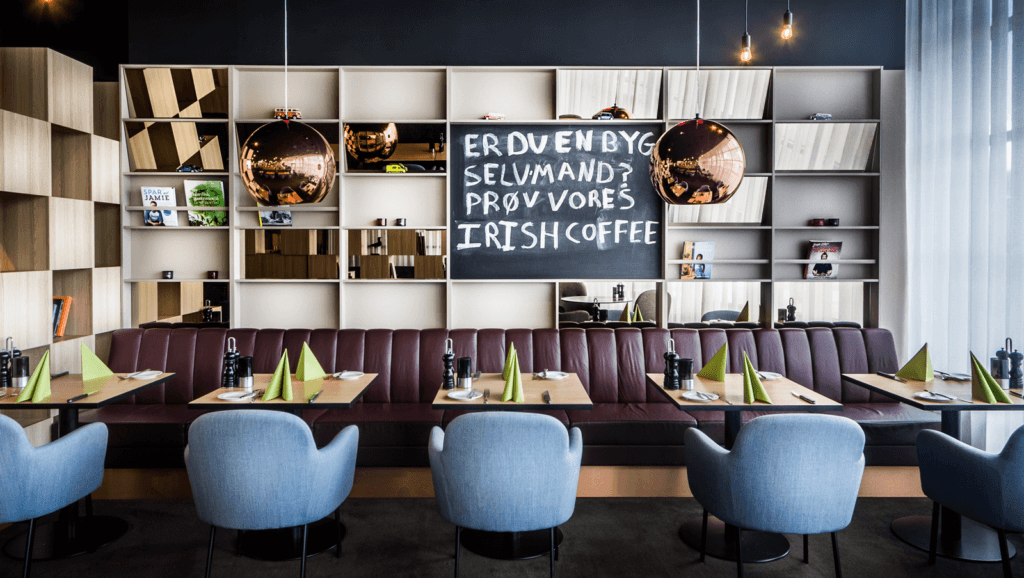
Individual restaurant revenues can vary significantly based on various factors, including location, size, cuisine type, price point, concept, and how long a restaurant has been in the market. The overhead costs of your restaurant business and how thin your profit margins are can certainly affect your profitability.
NB: This is an article from Tripleseat
Subscribe to our weekly newsletter and stay up to date
According the the National Restaurant Association, restaurant sales are forecasted to top $1 trillion for the first time in history. While sales are expected to be up, keep in mind that your profitability does pose some challenges due to labor costs and inventory expenses. For reference, many industry sources share that an average restaurant has a profit margin of about 7% but recognize yours can fall anywhere between 0-12%. Read on for tips to leverage high sales to turn more profit.
Diversify Your Restaurant Revenue Streams
Most restaurants rely on multiple revenue streams to drive their overall income and profitability. As you think about your business, consider combining these sources that can bring in revenue and create a well-rounded and resilient business model.
- Food and Beverage Sales: Undoubtedly the primary revenue driver for most restaurants, this encompasses all income generated from patrons dining in, ordering takeout or delivery, and purchasing food and beverages on-site. It includes sales from the restaurant’s core menu offerings, as well as any daily specials or seasonal menu items.
- Catering and Event Services: Many restaurants capitalize on their culinary expertise by offering catering services for private gatherings, corporate functions, weddings, and other special events. This revenue stream not only generates additional income but also serves as an effective marketing tool, introducing the restaurant’s offerings to new potential customers.
- Alcoholic Beverage Sales: For establishments with a liquor license, alcoholic beverages, including beer, wine, and spirits, can contribute significantly to overall revenue. Well-curated beverage programs and creative cocktail menus can elevate the dining experience and drive higher spending per guest.
- Retail and Merchandise Sales: Savvy restaurants often leverage brand recognition by offering branded merchandise, such as apparel, kitchenware, or packaged food products. These items generate additional revenue and serve as marketing tools, fostering customer loyalty and brand awareness.
- Ancillary Services: To diversify their revenue streams, some restaurants offer complementary or ticketed events and services like cooking classes, venue rentals for private events, or even paid parking facilities. By capitalizing on their existing infrastructure and expertise, these services can generate supplementary income while enhancing the overall customer experience.
- Sponsorships and Partnerships: Strategic partnerships with local businesses, brands, or organizations can provide additional revenue opportunities through sponsorships, co-branded promotions, or collaborative events.




